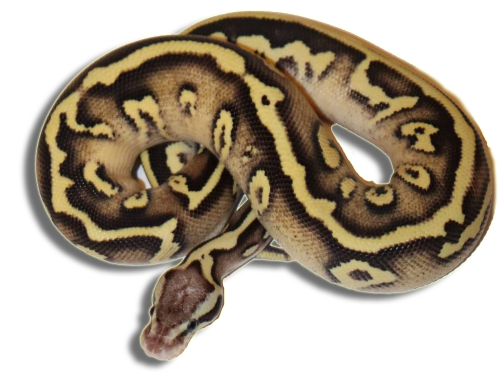
In today's age of the Internet and a considerable amount of information on social networks, it is possible to find, among other things, a considerable amount of misinformation, myths and half-truths that can complicate your future breeding and rearing, and therefore we will only present information and findings from our breeding, which we also consult with others domestic and foreign breeders.
If we can recommend suitable sources of information on social media, it would be Antoine from DPR cold blood, Rob Barraclough from Royal balls, Billy and Austin from Mutations Creations, Justin Kobylka from Kinova, Jonathan from Snake LTD and also the recently deceased Brian Barczyk.
The king python generally belongs to the smaller snakes of the python family. Adult males are significantly smaller than females. Our males weigh from 900g to 1,500g. Our adult females from 1,800g to 4,000g. Of course, other breeders present smaller, but also larger adult individuals. The python has a small head distinctly separated from the stocky body with a conspicuously short tail, thus becoming the most ideal choice for breeders for whom the king boa is too large and the red snake too thin and unremarkable in body physiology. For this reason too, the breeding of royal pythons is very attractive to many.
Regarding the coloring of snakes, we state that there are more than 7000 color combinations. As a basic division of coloring according to the gene, we divide it into dominant, codominant and recessive, which ensure a color palette in which everyone will undoubtedly choose and often does not stay with one. When recognizing genetic mutations, we focus on the color of the eyes, the drawing on the head, the so-called Head stamp, then on the drawing on the sides, the so-called alien heads, and then on the abdomen (pixelation) and their mutual influence with various combinations of patterns and colors.
Although - according to the photos on the Internet that novice breeders look for - it doesn't seem like it, this is a shy animal that likes its peace and thanks to its relatively calm nature and minimal aggression, many beginner breeders do not immediately recognize that an individual can be stressed by handling. This can be manifested by the individual ceasing to take food, having elaborate moults and being defensive rather than aggressive.
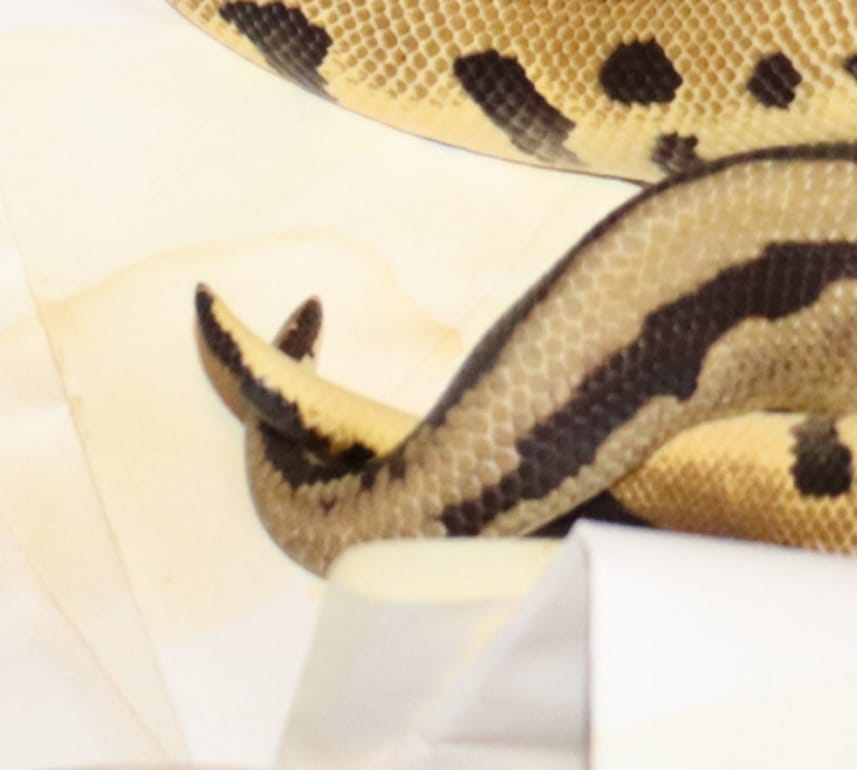
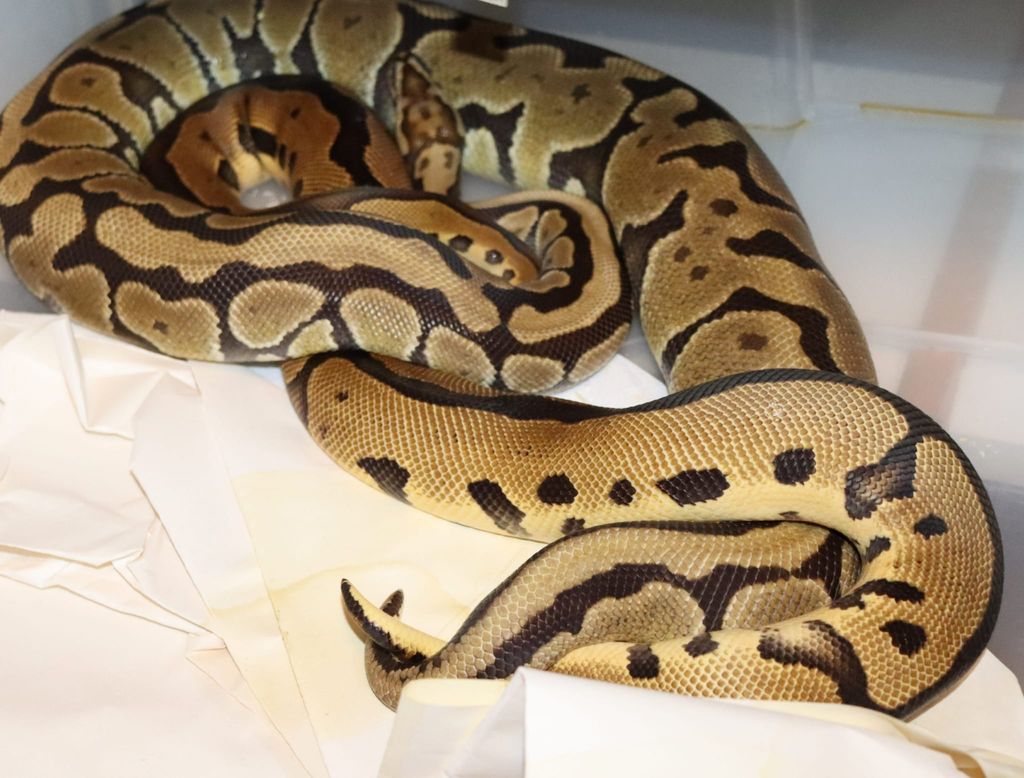
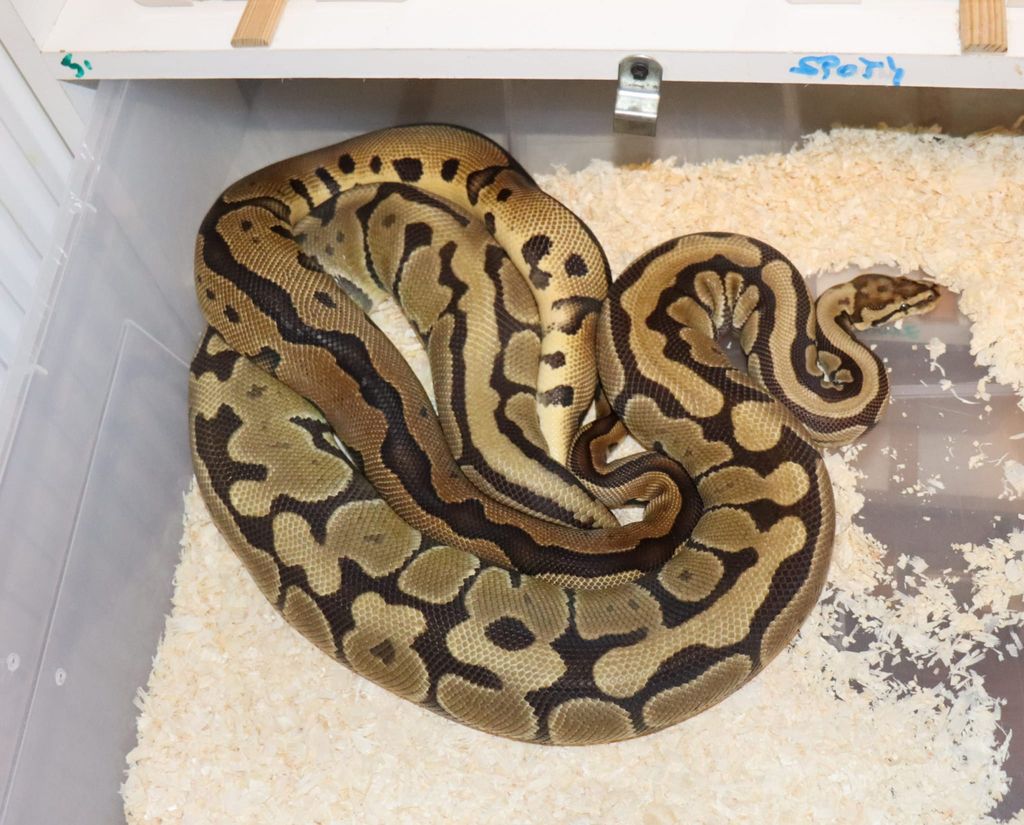
Breeding:
As a basic matter, we state that the king python is included in the CITES appendix and is not subject to the registration obligation.
It is possible to breed snakes in terrariums, but also in so-called "rack systems". Our breeding takes place in rack systems of our own production, where the snake is placed in significantly higher boxes than the prefabricated ones from various manufacturers. This gives them a larger amount of space, similar to a terrarium of a suitable size, while in this way the snakes get all the positives of thermal comfort and suitable humidity. In this system, we have a temperature in the heating area of 32 °C, which is ensured by a heating foil that covers 1/3 of the floor area and a clay shelter, and in the remaining - cooler part - we have a bowl with water.
Royal pythons are queens in the truest sense of the word, and together with all their quirks, which include, for example, the fact that they take food irregularly, even six months of starvation is no exception. Our experience is that there is sometimes a problem before molting, in males during mating and also a few weeks before laying eggs.
Distinguishing the sexes can be problematic for a novice breeder, the most accurate is palpation or insertion of a probe, which is performed exclusively by an expert !!!!!!!!!
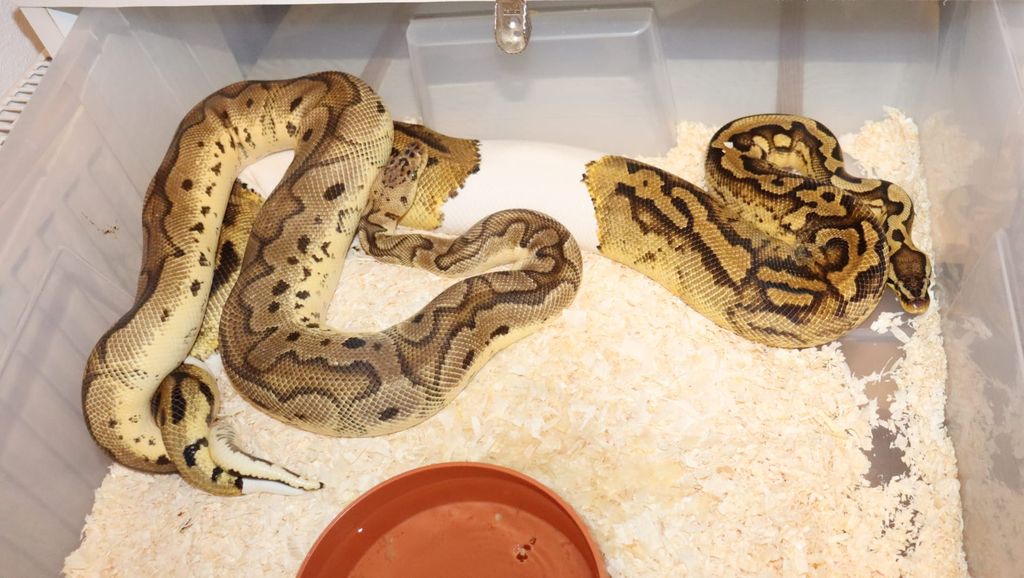
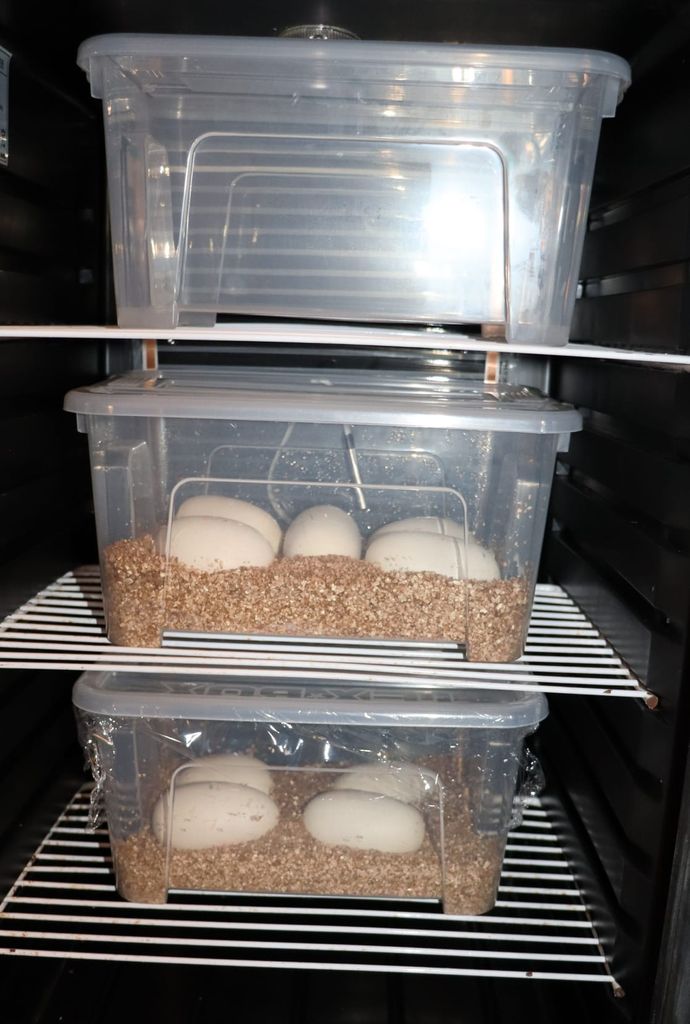
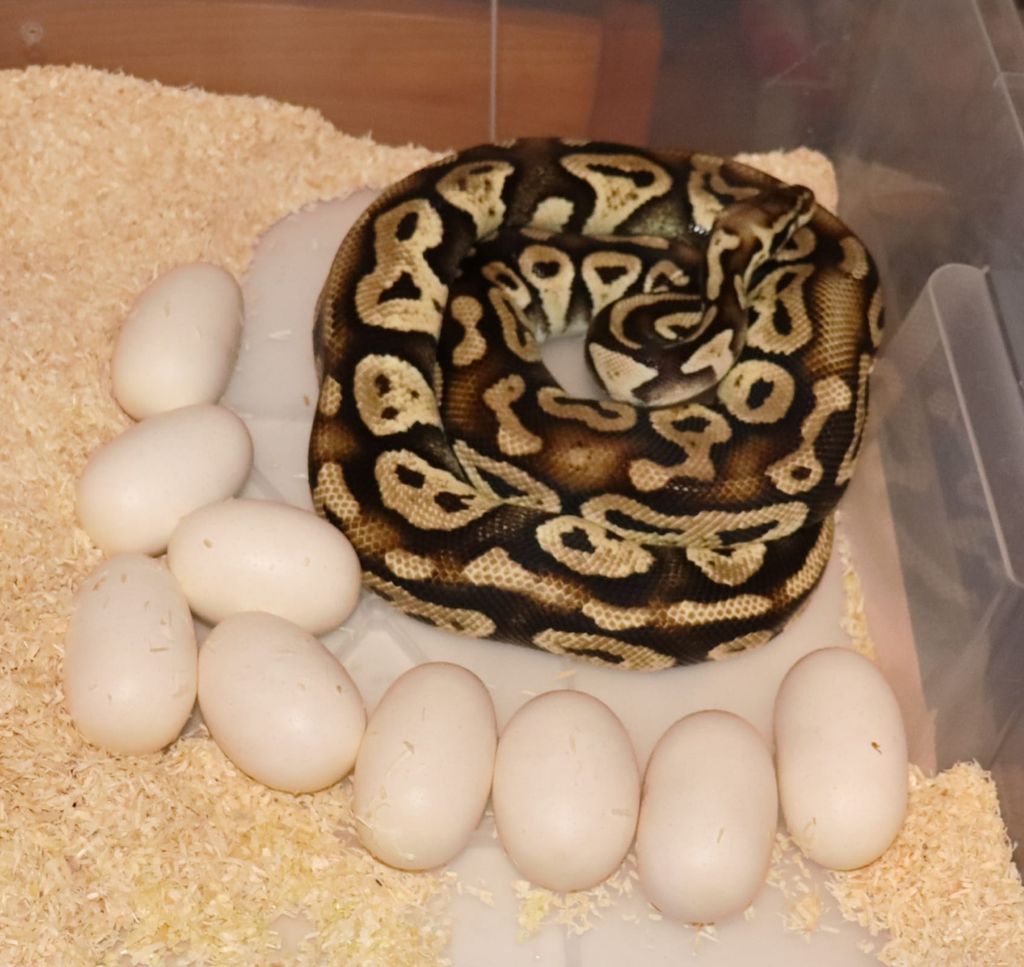
Reproduction:
Each breeder has the preparation of females and males for reproduction as part of their "know how", each has their own proven procedures, which are effective only in the case of consistent observation of the behavior of their individuals, which they note down, or supplement with photo documentation. For example: confirmation and exclusion of ovulation, opening of the cloaca, etc., aggressive reception, subsequent attenuation, cooling of the follicles, which for breeders are signs of hormonal changes in females.
For this record, we recommend the Reptile Buddy application, which works for free after registration on IOS, Android, Apple, but also freely in a computer environment.
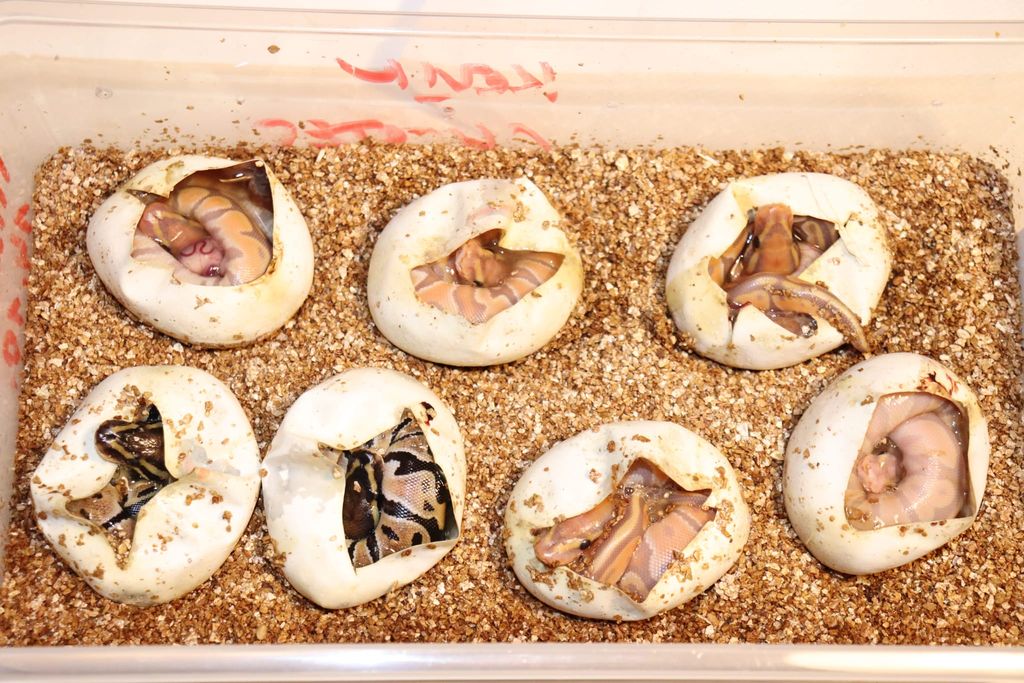
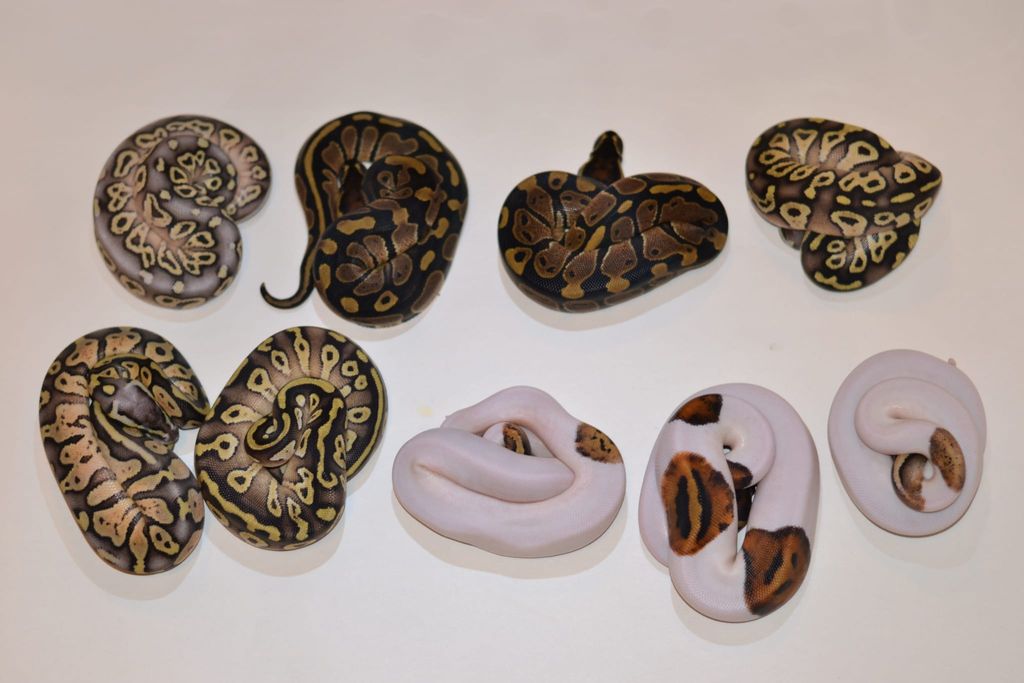
Food:
Regarding the method of feeding, we state that we feed masto mice of appropriate sizes, which we raise ourselves, when we adapt the frequency of their feeding to the current season (dry and rainy season) as well as the size and gender of the individual individuals.